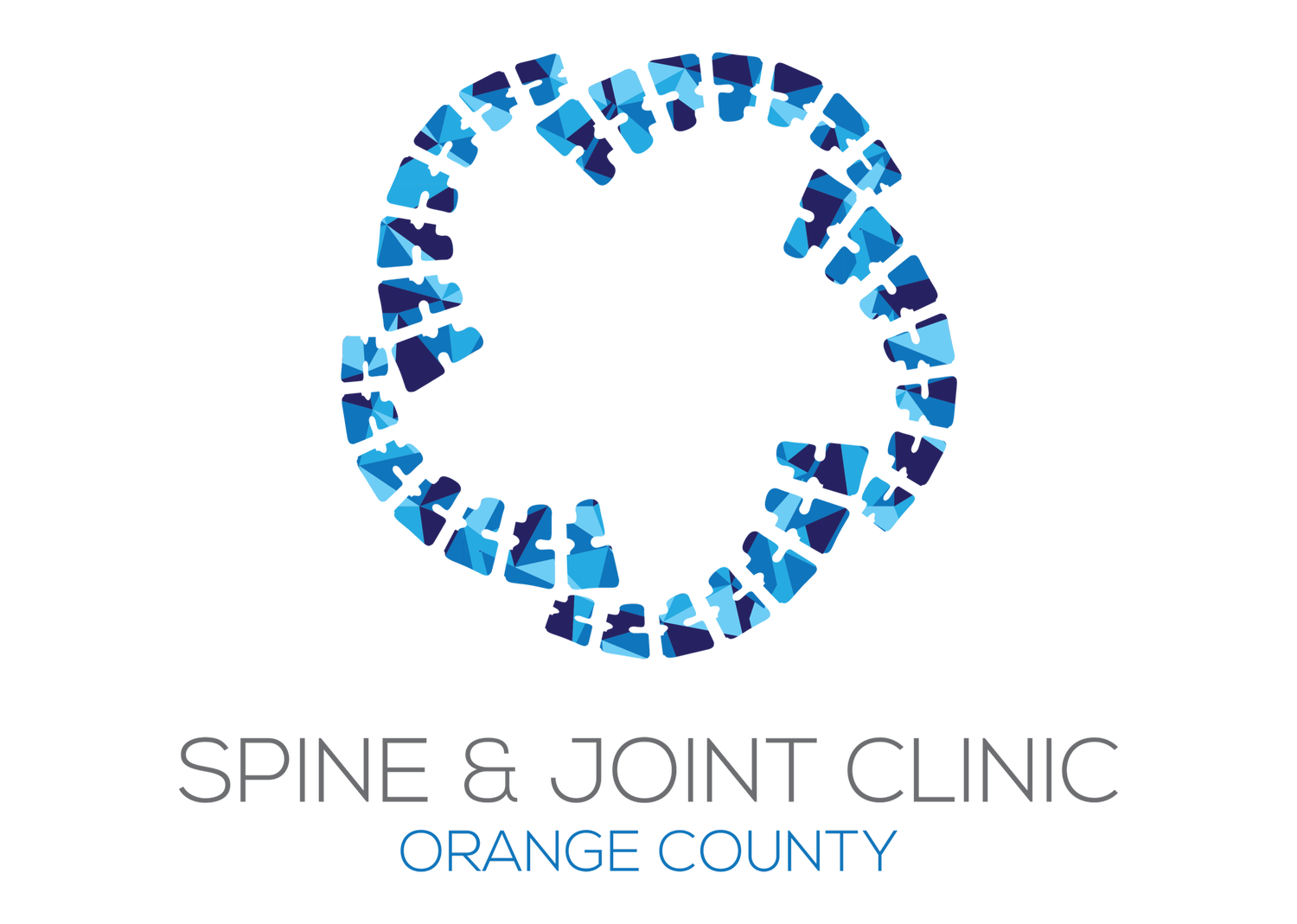Last week, a journalist for Bustle Magazine was looking for information about “the signs and risk of injury when carrying a heavy purse”. I wanted to post a response but missed the short deadline. I’d intended to address this topic anyway following my 5-part interview series, so here are my thoughts and some recommendations on this subject.
In my experience, the patient who gets the best results is the one who is open to making small, ongoing improvements in body awareness and how he or she moves. Typically, we adjust our movements as a way to relieve pain, but this does little to correct the true cause.
Let’s touch on a relevant and common dysfunctional posture. The head is out in front of the chest and the shoulders are folded forward. This position puts excessive stress on the neck, leads to tight lat and pec muscles, and changes how the body moves when walking. Add a heavy purse to this picture and pain is likely to surface.
1. What are some signs a woman's purse is too heavy and may be damaging her back?
Signs and symptoms may include changes in posture, red marks from compression of the strap, neck stiffness, neck and joint pain, or a decrease in the neck’s normal ranges of motion. Symptoms may also include localized shoulder pain or tingling and numbness that travel down the shoulder and into the arm.
For example, a woman is pain free, relaxing at her table. She looks down to respond to a text message and hears a pop in her neck followed by pain. A few days later, she notices she has difficulty turning to the left to check her blind spot while driving.
2. How does carrying a heavy purse cause damage to the body?
There are several things which may be causing this woman’s problem, but the “take away” here is that she experiences a stress response from her heavy purse or tote bag. Her body responds to her overloaded purse by creating new behaviors or changing existing ones to make it easier to tolerate her body’s discomfort.
The woman alters her resting posture and her movement patterns. She may droop her shoulder forward, hike her left hip, rotate her mid and lower spine, and shift her pelvis into an unnatural tilt. The repetitive strain caused by the purse on this woman’s favorite side can cause micro traumas leading to overuse injury. This can lead to low back misalignments, pain, and stiffness through the hips and down the legs.
Many other everyday repetitive activities cause the same problems. Examples include sitting on the sofa with your laptop, taking a car seat carrier in and out of the house, closing and opening a stroller, carrying your child in one arm while cooking, and poor sleeping posture.
Carrying a heavy purse may also reveal past problems. I see patients who have unknowingly injured themselves by carrying their child in a car seat or holding a nursing baby. These “secret” injuries also occur while rocking or bouncing on a physio ball, practicing yoga or doing high-intensity interval training. The injury does not happen in the moment but over time as the action is repeated over and over. Muscles will conform to the positions that we put them in most frequently.
3. What are some good safety tips to protect the neck and back?
The first obvious recommendation is to lighten the load in the purse and switch arms frequently.
Second, in order to avoid injury, the body must be able to resist the load without jeopardizing healthy biomechanics. This means the body must avoid contorting or shifting muscles and joints in an abnormal fashion.
So whenever possible, do a quick posture assessment before throwing the bag over your shoulder. Try this checklist:
· Seat both shoulders. Depress them and lightly contract them together.
· Tuck your chin back. Your earlobe should be in line with the center tip of your shoulder.
· Tighten (activate) your core/abdominals and buttocks. This will help distribute the weight properly and engage the primary and stabilizer muscles.
Lastly, listen to your body. If you experience pops and clicks, periodic episodes of pain or pain during a specific movement, don’t dismiss these as normal. Be proactive in addressing the cause. Early intervention will ease your pain and help you feel your best again.
As a Chiropractor I adjust the spine and extremities as a means of corrective care and not just to provide temporary pain relief. Once the joint alignment and motion has been restored adding bodywork as an adjunctive therapy is helpful for loosing the muscles and balancing posture. The body is a self-healing machine it just needs a little assistance.







